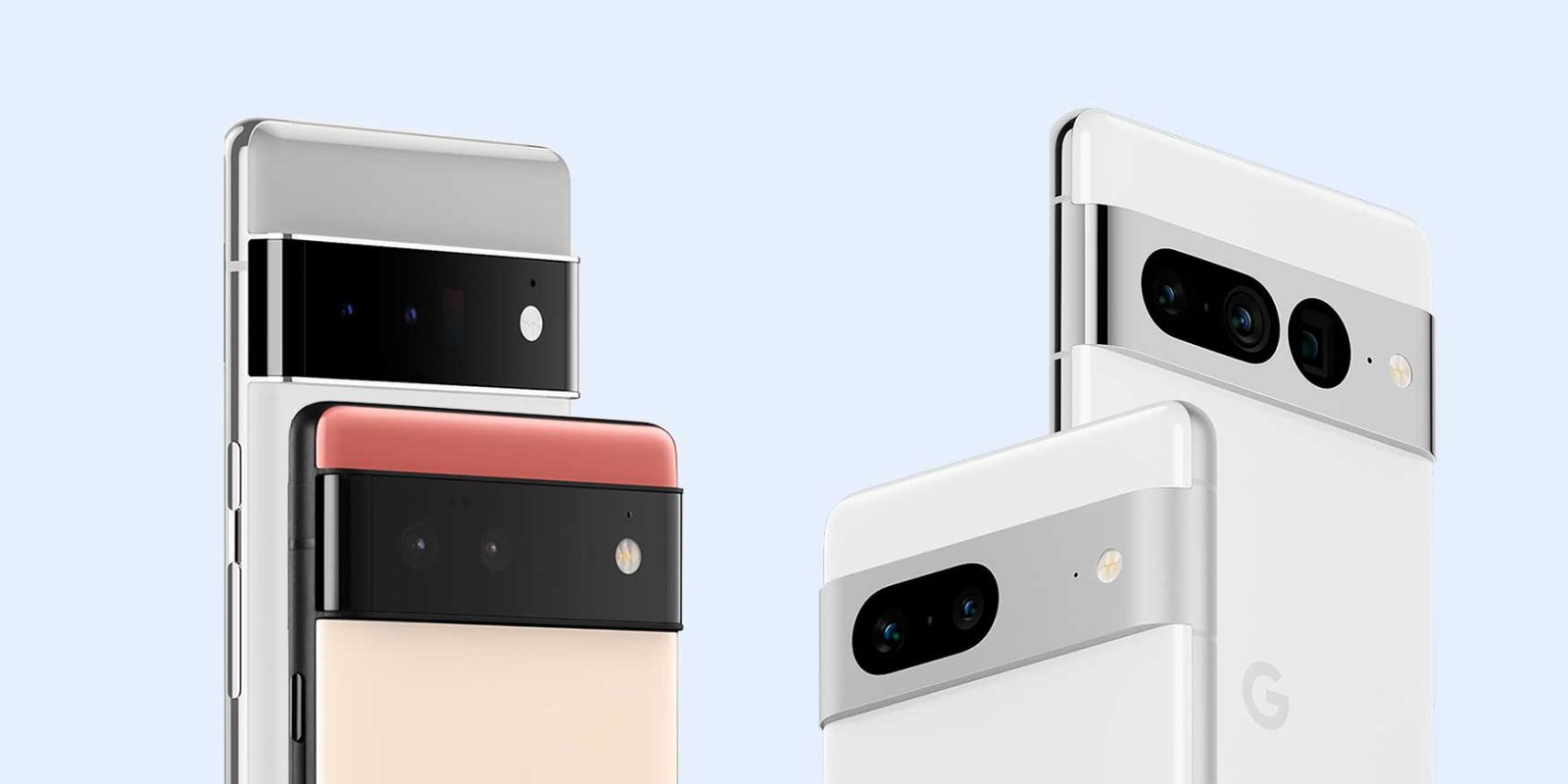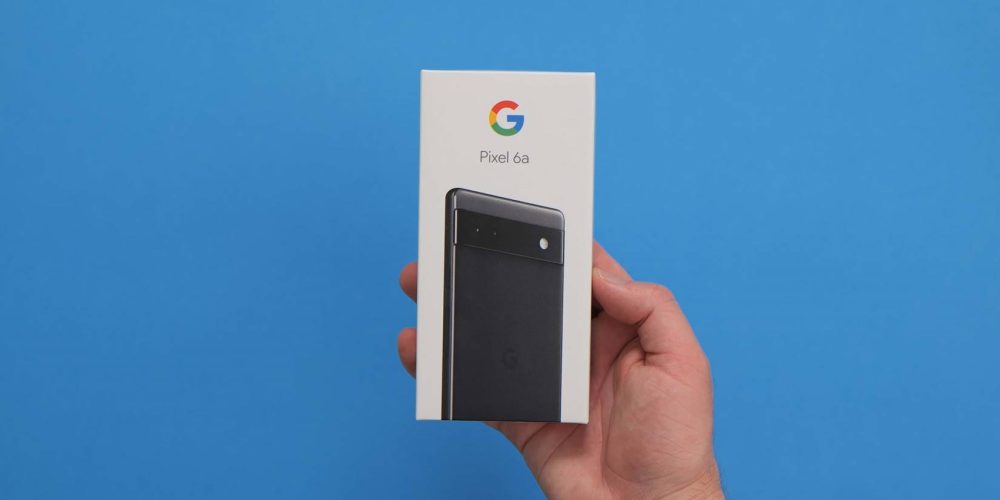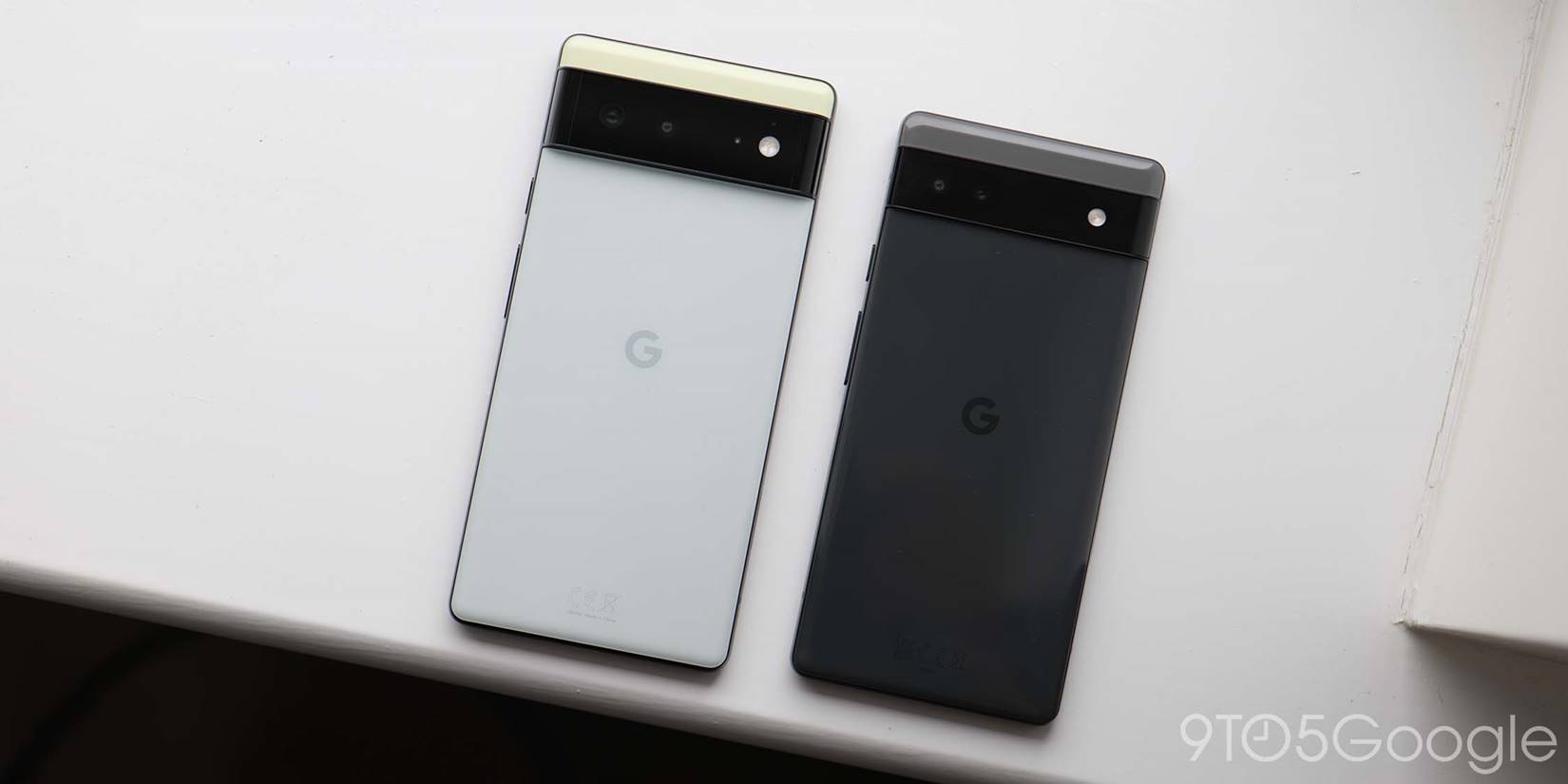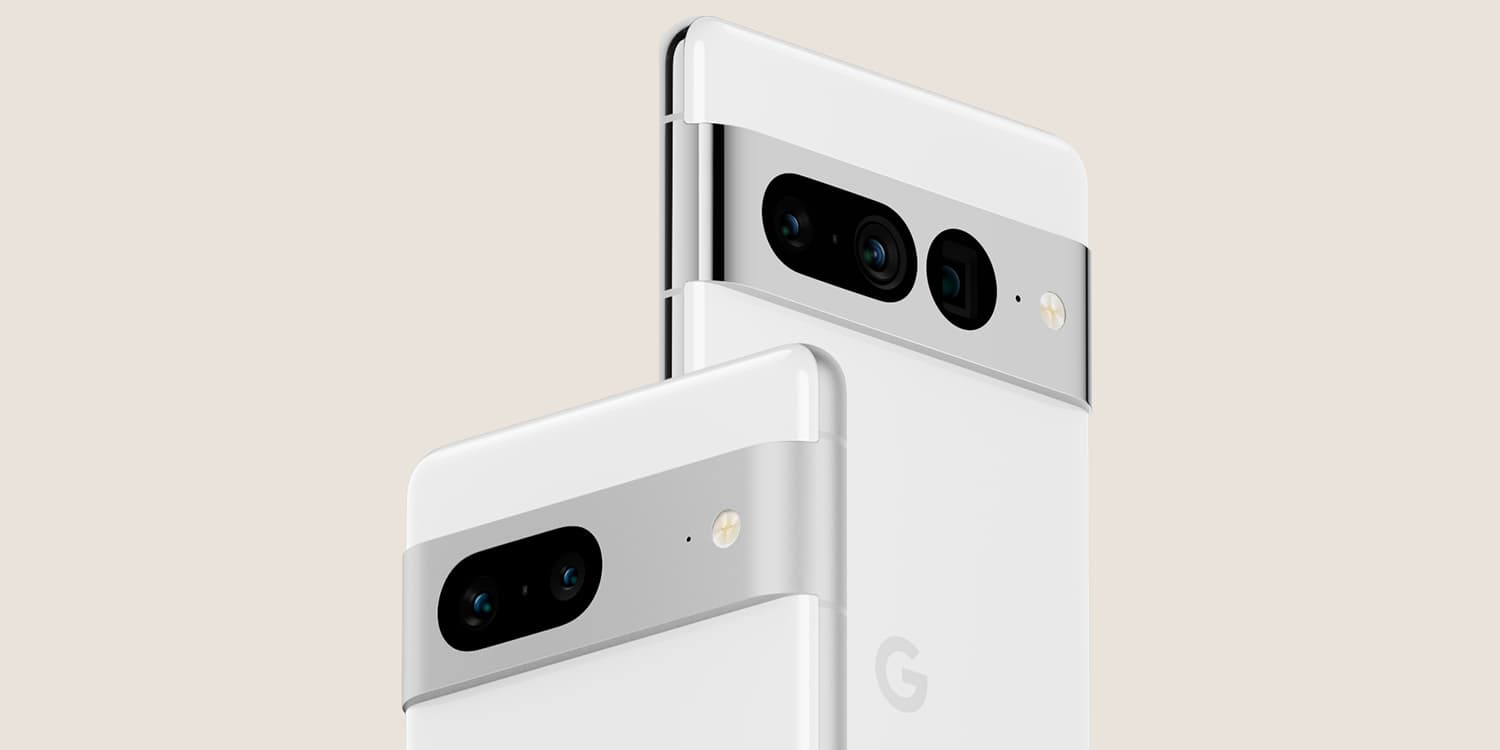
The annual Made by Google fall launch is fast approaching, and we’re expecting to see the Pixel 7 and 7 Pro alongside some other surprises. This year, Google is expected to announce and release a refined Pixel 7 lineup that builds up on the solid ground of the Pixel 6 series rebirth last year. With this launch on the horizon, should you buy a Pixel or other smartphone now, or wait until the Pixel 7 is announced next month?
Table of contents
Pixel 7 expectations
Google’s soft reveal of the Pixel 7 and 7 Pro back at I/O 2022 leaves little to the imagination this year. During its regular I/O 2022 keynote, the company revealed that at least now, we don’t have much longer to wait as the Pixel 7 and Pixel 7 Pro are indeed coming this fall. Unexpectedly, we even received a first look at the design of each phone in the new lineup several months early.
The biggest and most visible design change to the camera bar. Google will ditch the glass look used on Pixel 6, 6 Pro, and 6a for a full aluminum band with cutouts for the camera sensors. Google later confirmed that Pixel 7 will ship in Obsidian, Snow, and Lemongrass colors. Meanwhile, the Pixel 7 Pro will switch Lemongrass for a green Hazel colorway. Sadly, there will be no soft touch glass this year. Annoyingly, we could be getting glossy finishes once again.
The key improvement this year and the core differentiator from the Pixel 6 is the inclusion of a Google Tensor chip, which includes Google-designed hardware to enhance the many machine learning-powered features. For example, the currently exclusive “Magic Eraser” in Google Photos and the digital improvements to your camera shots are able to be quickly processed by the Tensor chip. We’re patiently waiting to see if we get another killer feature like this on the Pixel 7 series, and wouldn’t be surprised if that were the case.
For more video content, subscribe to 9to5Google on YouTube.
The first tidbit we uncovered about the Pixel 7 is that it will, unsurprisingly, be powered by a second-generation Google Tensor chip, with the model number “GS201.” The information was discovered through the addition of an internal Google developer board “Cloudripper” to apps on the Pixel 6. Google confirmed the use of the new processor on-stage at I/O 2022, but didn’t share any performance details. A report claims it will be made by Samsung once again, but based upon a 4nm process, which is an improvement over the 5nm-based first-generation Tensor.
We did find that the model for this unreleased modem is “g5300b.” Using context and past naming habits from Samsung, we’re confident that this modem will be the Exynos Modem 5300, which is, at this point in time, unreleased. Whether it improves upon the sometimes poor wireless network performance of the Pixel 6 remains to be seen at this stage.
The displays are getting zero updates and upgrades. The smaller Pixel 7 will feature a 1080 x 2400 display which is capable of running at up to 90Hz, while the Pixel 7 Pro will have a 1440 x 3120 display that can manage a 120Hz refresh rate. If these specs seem familiar, that’s because they are identical to what’s offered on last year’s Pixel 6 series – one bonus will be the ability to adjust the display between 1440p and 1080p on the Pixel 7 Pro with a toggle.
Another report hints that the Samsung GN1 main sensor is getting another run out with the Pixel 7 series. In that regard, it might not be worth waiting for the Pixel 7 and 7 Pro if you want higher resolution images; we could see an IMX381 ultrawide and Samsung GM1 telephoto. Interestingly, the Google Camera app has hinted that the Pixel 7 will includes 4K selfie video recording.
Android 13 will be pre-installed, which offers minor tuning and quality of life improvements over Android 12. You can already run Android 13 on the Pixel 4 through to the Pixel 6a, but there will no doubt be some exclusive features to help sell the new hardware. We’ll just have to wait until the Pixel 7 series is unveiled to learn that key functions might be omitted from the currently available Made by Google devices.
What about the Pixel 6a?

Because Google’s A-series smartphones hit store shelves just a few weeks ago, it might seem like a solid affordable alternative to the upcoming Pixel 7 and 7 Pro; this is where you’ll need to determine just what you want and need from a cell phone. At $449, you’re getting a great package with a few caveats.
We don’t yet know just how much of a leap the second-generation Tensor processor will offer over the first generation. If the jump is modest, the Pixel 6a could be considered a steal because although Tensor is not quite the best chipset in the industry, it’ll smoke most budget smartphones in North America.
Sure, the camera utilizes an ageing Sony IMX363 main sensor. That said, it’s competent and backed by four years of Google’s expert camera tuning and post-processing. This is another area in which the Pixel 6a ousts many affordable Android phones vying for the best budget camera experience.
The Pixel 6a will be sticking around alongside the Pixel 7 and 7 Pro for at least another year, which means it is still relevant in a way that the soon-to-be-discontinued Pixel 6 series won’t be — at least in terms of sales channels.
The potential mystery high-end Pixel
Google also has a mystery high-end Pixel in the works that we know very little about. It looks like it will have identical core dimensions and display specs to the Pixel 6 Pro.
This eliminates the Pixel Tablet, which has already been detailed in a limited capacity. Codenamed G10, this could throw a spanner in the works and is certainly a reason to consider waiting until the Pixel 7 series is unveiled on stage later this year.
Should you buy now or wait for Pixel 7?


About upgrading: 9to5Google often gives specific product recommendations. Sometimes, we may suggest not upgrading, due to various reasons including, but not limited to: increased device cost, negligible performance gains, or environmental impact. Whether to upgrade is always your call, but our aim is to help you make as informed a decision as possible.
Somewhat annoyingly, we can’t give you a definitive answer. However, what we can say is that it will heavily depend upon your own personal situation or circumstances. If you must have the latest and greatest Google chipset, or the most recent device, then hold out a little longer and wait for the Pixel 7 and 7 Pro.
Even though Google showcased the design and noted some key features, the Mountain View firm didn’t offer any information on when exactly we can expect these phones to release beyond “Fall 2022.” Presumably, that will point to Google’s usual October release date for the Pixel 7 and Pixel 7 Pro. Pricing is unclear at this point, but it is expected to remain close to the $599/$899 Pixel 6 series pricing.
Your current phone may be on its last legs, or maybe you are desperate for an upgrade. In that case, the Pixel 6a might offer a nice reprieve. It’s fairly inexpensive, comes with all of the Android 13 magic that’ll no doubt be packed into the Pixel 7 series, and it only came to market recently – you are not buying an older unit.
We’re certainly expecting Google to discontinue the current-gen Pixel 6 and 6 Pro in the build-up to the Pixel 7 series launch. If you simply cannot wait for the Pixel 7, the late-2021 duo are now starting to see major discounts at retailers across the globe. Incentives and free gifts make the Pixel 6 and 6 Pro a good option for most people; you still get long-term updates and the same Android 13 experience. While the Pixel 7 will have upgrades, we believe they will be modest this time around.
Even so, if you simply do not care it might be worth waiting for the Pixel 7 to launch even if you have no intention upon buying one. We’ll learn more about what upgrades are due, plus this has an added benefit: pre-order bonuses will be confirmed and any existing models will come down even further in price as a fire sale takes place. It’s a win-win and is something we would highly recommend each and every year.
FTC: We use income earning auto affiliate links. More.



Comments